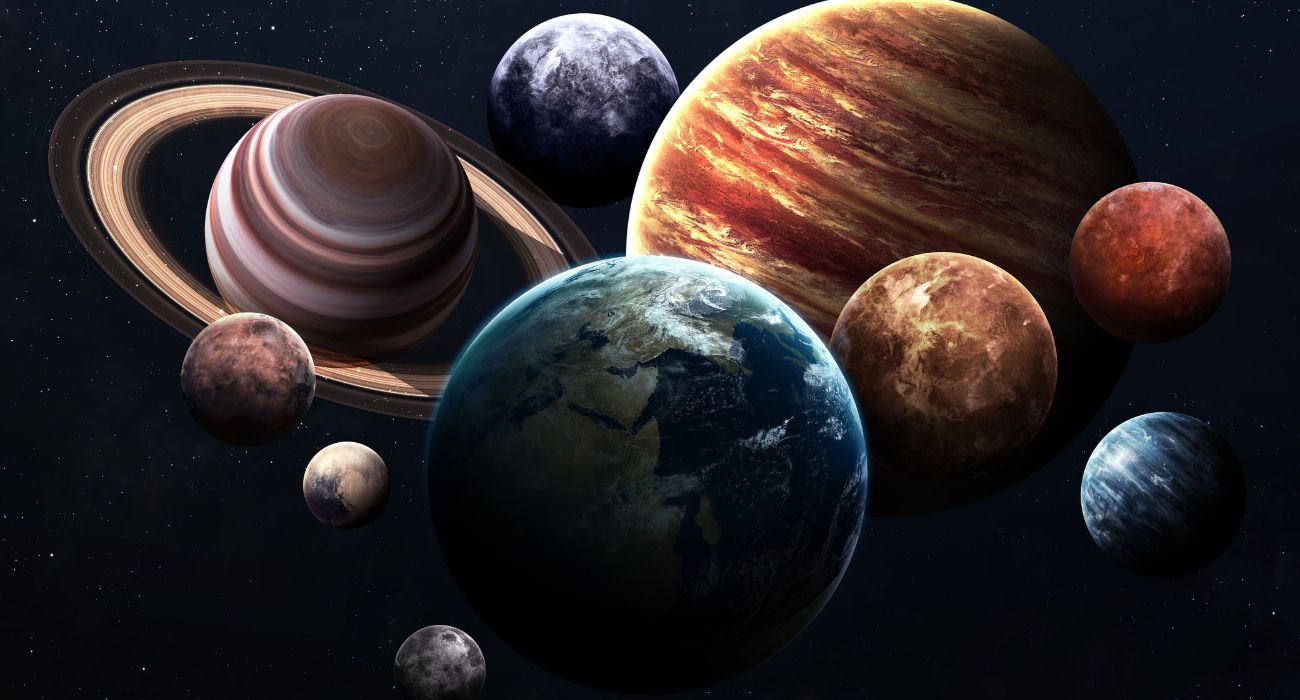A new method of research will allow scientists to gain an understanding of the Earth’s depths and that of other worlds.
Arizona State University (ASU) will soon receive a two-story-high crusher called Ichiban. Scientists hope to use this technology to better understand geologic processes on Earth and other planets.
Ichiban is the latest piece of equipment in ASU’s $13.7 million Facility for Open Research in a Compressed Environment. The ASU facility uses specialized technology to mimic the interior of planets by producing massive amounts of pressure and heat.
Other equipment used in the facility includes a DIA Press nicknamed “Jasmine,” a torsional press known as “Twister,” and another heated pressure device.
Different elements are placed inside these machines, recreating the extreme forces of pressure and heat deep below a planet’s surface, which forces these materials to undergo “unique changes” that turn them into new materials with newer uses.
This method of research is considered important not only to the study of other planets but also to national security as the new materials generated in these conditions demonstrate new optical, electrical, and mechanical properties.
“Extreme conditions reveal new physical properties of materials. In turn, these properties can fulfill critical technological needs,” said ASU’s lab on its website. “Pressure studies, for example, allowed scientists to develop more efficient superconductors that can work at room temperature.”
The new crusher can exert 6,000 pounds of pressure, allowing scientists to compress larger samples and observe how they react to similar conditions in a planet’s layers.
“Our high-pressure torsional device will be used to study material behavior and phase transitions caused by strain and will be used to create novel samples for TEM studies of deformational textures, phase transitions, and other phenomena,” said ASU.
Joseph O’Rourke, a planetary scientist at ASU, said that the advent of this technology has yielded “an exciting time” for scientists and that their questions are only just beginning. O’Rourke takes the data found by this research and applies it to models for planetary development and evolution.
“You can make all these models, and these things are technically conceivable, according to physics and chemistry,” said O’Rourke, according to The Washington Post. “We’ve got a huge amount of work to do to collect the data to know if our stories are science fiction or science fact.”
Scientists plan to use the technology to study the interior of planets and, by extension, the processes that create their surfaces.






